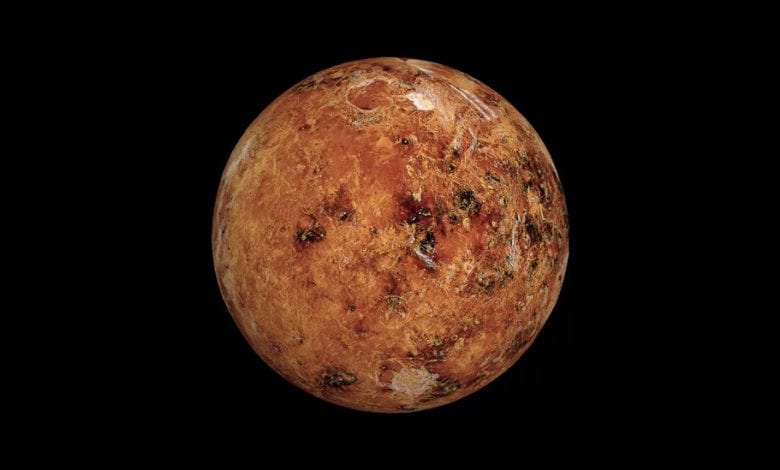Rivers of Lava on Venus Reveal a More Volcanically Active Planet

Witnessing the blood-red fires of a volcanic eruption on Earth is memorable. But to see molten rock bleed out of a volcano on a different planet would be extraordinary. That is close to what scientists have spotted on Venus: two vast, sinuous lava flows oozing from two different corners of Earth’s planetary neighbor.
“After you see something like this, the first reaction is ‘wow,’” said Davide Sulcanese, a doctoral student at the Università d’Annunzio in Pescara, Italy, and an author of a study reporting the discovery in the journal Nature Astronomy, published on Monday.
Earth and Venus were forged at the same time. Both are made of the same primeval matter, and both are the same age and size. So why is Earth a paradise overflowing with water and life, while Venus is a scorched hellscape with acidic skies?
Volcanic eruptions tinker with planetary atmospheres. One theory holds that, eons ago, several apocalyptic eruptions set off a runaway greenhouse effect on Venus, turning it from a temperate, waterlogged world into an arid desert of burned glass.
To better understand its volcanism, scientists hoped to catch a Venusian eruption in the act. But although the planet is known to be smothered in volcanoes, an opaque atmosphere has prevented anyone from seeing an eruption the way spacecraft have spotted them on Io, the hypervolcanic moon of Jupiter.
In the 1990s, NASA’s spacecraft Magellan used cloud-penetrating radar to survey most of the planet. But back then, the relatively low-resolution images made spotting fresh molten rock a troublesome task.